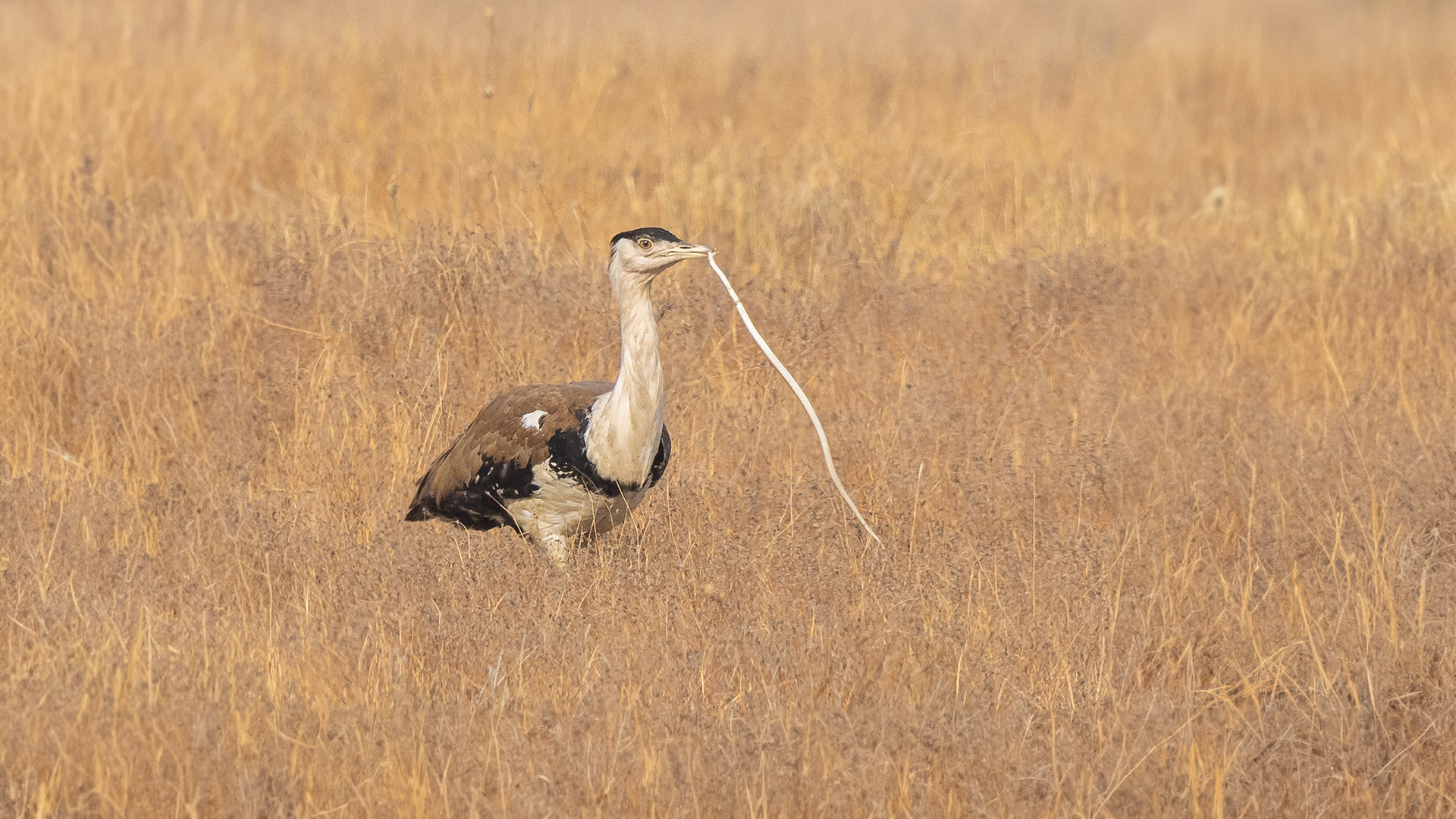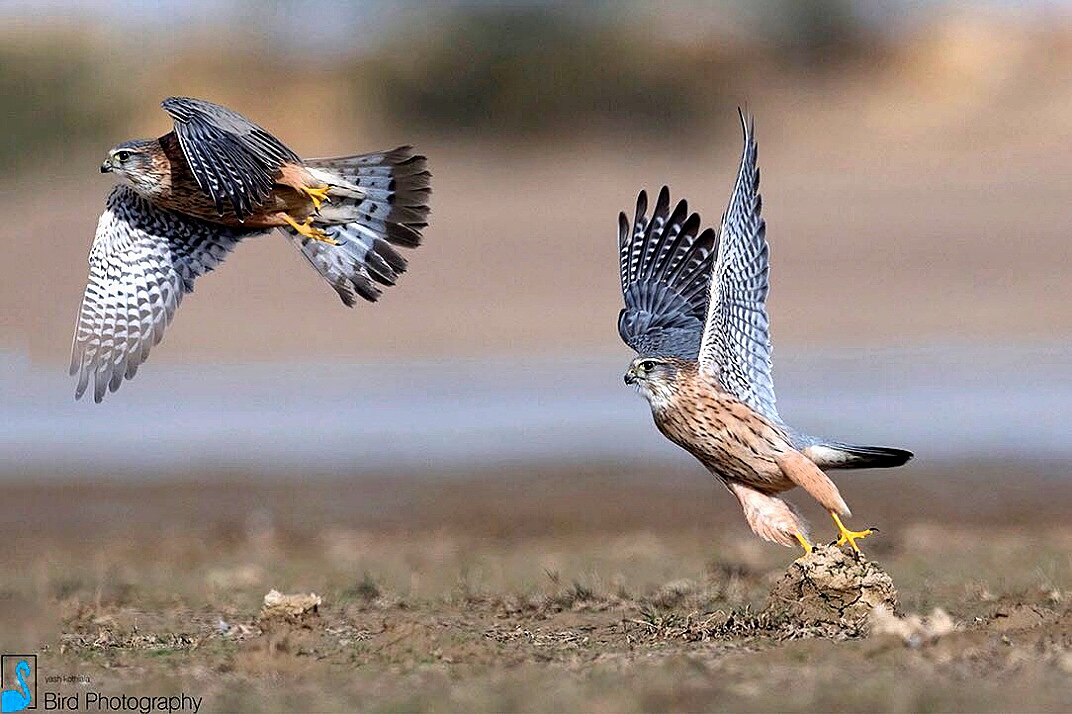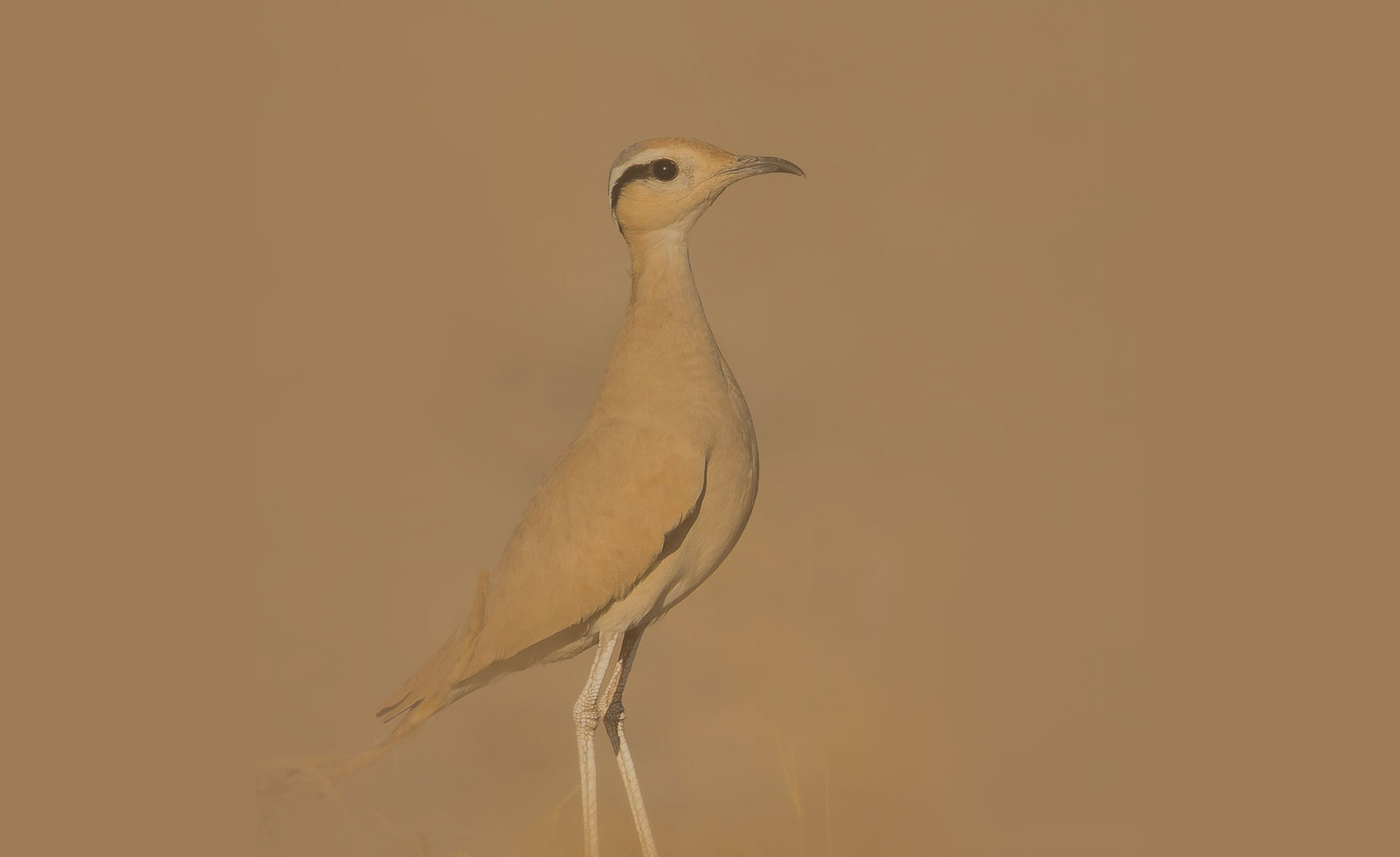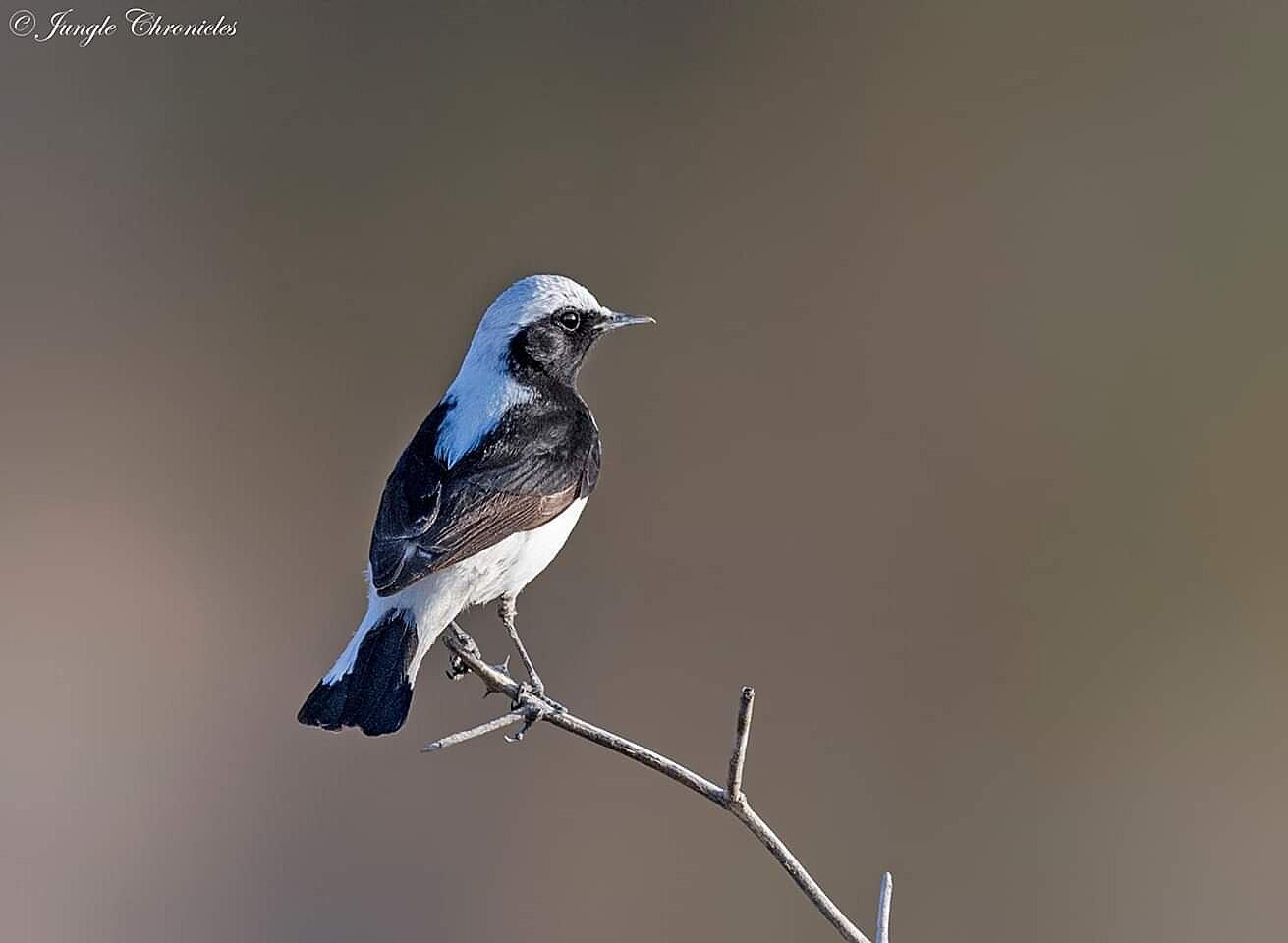Here are some of the most popular birds found at the Desert National Park:
If you’re a nature lover and want to spend an adventurous holiday, a wildlife safari at Desert National Park can be an ideal trip. Located in Jaisalmer, Rajasthan, it is home to exotic animals and birds. Covering an extensive area of 3000 square kilometres, the biodiversity of the Thar Desert is visible here in its full glory.
Its unique ecosystem is home to different varieties of animal and bird species. With the vast stretches of the sandy desert welcoming adventure lovers, it is a delight to experience wildlife safaris at the park.
The Desert National Park is located in the state of Rajasthan, India. It’s a significant protected area known for its unique desert ecosystem and biodiversity. Here are some key points about the Desert National Park.
The park primarily consists of sand dunes, rocky formations, and thorny shrubs. It falls within the Thar Desert region, which is India’s largest desert.
Despite its arid environment, the Desert National Park supports a surprising variety of wildlife. Species found here include the endangered Great Indian Bustard, desert fox, blackbuck, Chinkara, desert cat, and various migratory and resident birds. Not only Bird Species one can also spot Spiny-tailed lizards.
The park is popular among tourists and wildlife enthusiasts for its safaris, which offer opportunities to spot wildlife against the backdrop of the desert landscape. Jeep safaris and camel safaris are best ways to explore the park.
The Desert National Park is recognized for its conservation efforts, particularly in protecting the habitat of the Great Indian Bustard, a critically endangered species.
While birdwatchers can spot a diverse variety of bird species at the Desert National Park, there are some which are rare and cannot be spotted anywhere else. If you get in touch with Musa Khan before your trip, he can keep you updated about sightings in various regions.
Here are some of the most popular birds found at the Desert National Park:

Categorised among critically endangered species, it is one of the heaviest flying birds. It is found in the dry desert region of India and is also common in eastern Pakistan.

The merlin is a small species of falcon from the Northern Hemisphere, with numerous subspecies throughout North America and Eurasia

The cream-colored courser is a wader in the pratincole and courser family, Glareolidae. Both parts of the scientific name derive from Latin cursor, “runner”, from currere, “to run” which describes their

Finsch’s wheatear is a wheatear, a small insectivorous passerine that was formerly classed as a member of the thrush family, Turdidae, but is now more generally considered to be an Old World flycatcher of the family Muscicapidae
| For Indian Nationals | |
|---|---|
| Package: | Wildlife Jeep Safari with Local Naturalist |
| Season: |
|
| Cost: | ₹5000 per session |
| Guests: | Up to 04 |
| Timings: |
August to October: 06.30 AM till 10:30 AM and 03.00 PM till 06:30 PM October to April: 07:00 AM till 11:00 AM and 02:30 PM till 06:00 PM |
| For Foreign Nationals | |
|---|---|
| Package: | Wildlife Jeep Safari with Local Naturalist |
| Season: |
|
| Cost: | ₹7000 per session |
| Guests: | Up to 04 |
| Timings: |
August to October: 06.30 AM till 10:30 AM and 03.00 PM till 06:30 PM October to April: 07:00 AM till 11:00 AM and 02:30 PM till 06:00 PM |
Evening Jeep Safari in Sam Sand Dunes including Camel Ride and Cultural Evening is ₹1500 per person
06:00 PM till 09.30 PM.
Morning Safari in Desert Dunes available on request at an extra cost.
(Rates valid from 01st August 2025 till 30th April 2026.)
The well-being of our guests is our utmost priority and we implement proper health and safety measures at all times. Assuring you quality services & attention at all times.
Musa Khan, a young guide from the Desert National Park, is one of the most sought after bird guides in the park
With his vast knowledge of local species, their habitats and other useful information, he allows tourists to spot rare birds during the ‘birding season’ between October and March.
Hire Musa khan : Birding Star of Desert National Park

He can recognise over 200 bird species and let you know about their behaviour patterns, basic ecological requirements, migratory movement and differences in plumage.
The endangered Great Indian bustard can also be spotted here and during the winter months, it becomes the abode of migratory birds like the Saker falcon, Eastern imperial eagle, Himalayan and Eurasian griffon vultures. During peak season, between October and March, the region becomes a buzzing hotspot for birds such as the Barbary falcon, Himalayan vulture, Pallid harrier, Steppe eagle, Eastern imperial eagle, Northern raven, Asian desert warbler and different varieties of Larks.
The region has migratory as well as resident birds living in the area. The critically endangered Great Indian Bustard also lives here and there’s a great chance to spot these birds at the park. During the winter season, the MacQueen’s bustard also migrates to the Desert National Park and if you want to see these rare bird species you need to be at the park at the right time.
Wildlife and Birding in Desert National Park is one of the most popular activities. Ornithologists from India and abroad frequent the site to spot rare species of birds. With the help of experienced guides like Musa Khan, they can easily find out more about their behaviour, migratory patterns, differences in plumage and other distinguishing factors that make each bird unique in its own way.
Even expert birdwatchers rely on him to differentiate between similar species of birds. He can look at birds and find out extremely minute variations. Therefore, he is renowned among birdwatchers from around the country. He knows when to find a bird and where to take the tourists to guide them appropriately. As a result, with Khan you can expect the most delightful sights on your safari.
Musa Khan acts almost like an ambassador for the forest department and liaises with the villagers to conduct meetings or plan conservation activities. After receiving training from the forest department, he has left no stone unturned to gather as much knowledge as possible. With years of experience and an added advantage of living in a village within the Desert Park, he knows every inch of the landscape very well. As a result, forest officials often rely on his knowledge and expertise to spot problematic issues within the park.
To make your wildlife safari at Desert National Park truly memorable, hire the best desert wildlife safari guide (Musa Khan). He is also popular on social media and you can check out recent posts with amazing images of the diverse flora and fauna of the Desert National Park.
(1) For Monsoon and Passage Migrant Photography at Desert National Park (August to October)
The greatest time to see migrating birds on passage is August to October. These species include the Rufous-tailed Rock Thrush, Rufous-tailed Scrub Robin, Red-tailed Shrike, Red-backed Shrike, Spotted flycatcher, and others. Desert foxes, Hyenas, and Cats can even be spotted by photographers.
(2) For the Winter Migrants Bird’s Season at Desert National Park (October to March)
In Desert National Park, there are plenty of amazing migratory birds to see and photograph during Winters (October to March). These birds include the Cream-colored courser, Black-bellied sandgrouse, Steppe eagle, Long-legged buzzard, and many different kinds of vultures.